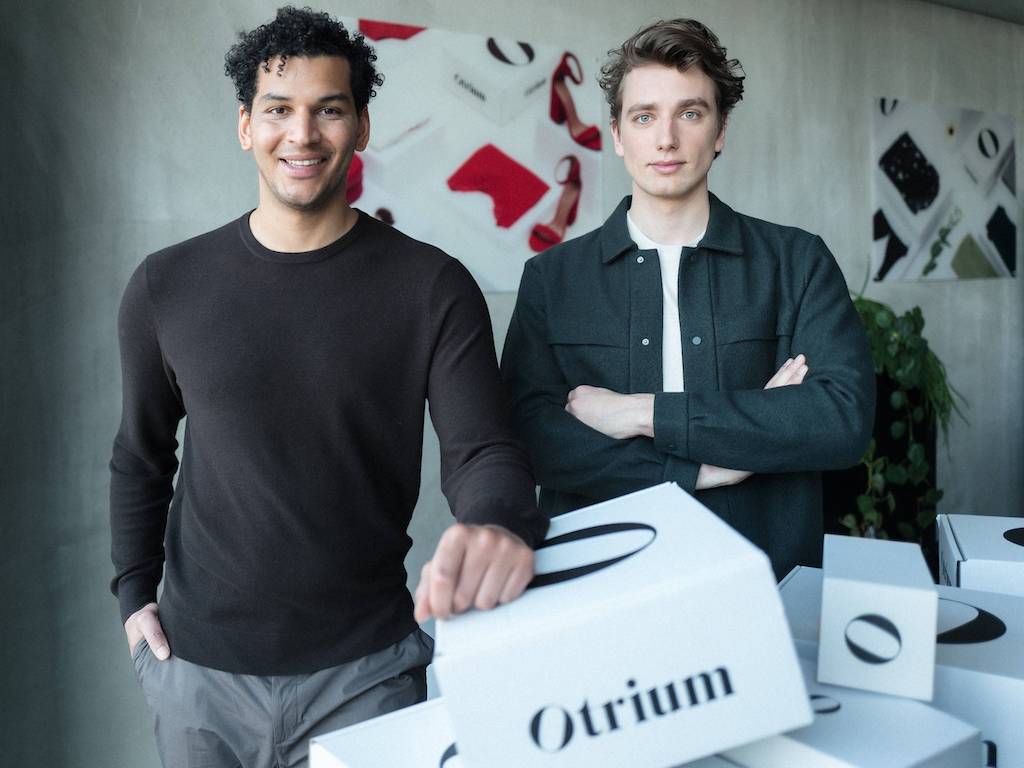4 Mins Read
Dutch end-of-season fashion online marketplace Otrium has bagged US$120 million in its Series C financing round, which will go towards its upcoming U.S. launch and improving its technology platform. The firm has reported record growth amid the pandemic, tripling its revenue over 2020 and growing its user base to over 3 million as consumers increasingly turn to sustainable fashion players.
Otrium, the Amsterdam-headquartered online fashion “outlet” selling unsold end-of-season items, has raised US$120 million in a Series C round co-led by tech venture capital BOND and London-San Francisco investment firm Index Ventures. The round was also joined by global venture capital Eight Road Ventures.
The startup says the fresh capital will go towards accelerating its international expansion to the U.S. and further development of its technological capacities “aimed at reducing unsold fashion in the future”. Otrium added that the Series C funds will support hiring and the growth of its team.
Founded by Milan Daniels and Max Klijnstra in 2015, Otrium, which currently operates in Europe, enables clothing brand partners to sell their off-season inventory in order to avoid unsold fashion items from ending up in the landfills – or in many cases, especially for luxury labels, destroyed or burned in the name of brand exclusivity. It is estimated that around 12% of all clothing that is produced is never sold.

Our goal is to get as close as possible to eradicating unsold seasonal inventory.
Milan Daniels, Co-Founder & CEO, Otrium
Its technology allows for one large online inventory to be easily managed, giving brands another accessible channel to reach consumers without having to operate small inventories across multiple stores. At the same time, the data also enables fashion producers with the “tools” they need to “develop lines that they can have confidence will sell”, thereby reducing waste in future collections and seasons.
“Our goal is to get as close as possible to eradicating unsold seasonal inventory. Firstly, we help fashion brands find homes for clothing items that would otherwise remain unsold and maximise the revenue they generate on those items,” explained co-founder and CEO Daniels.
“Secondly, we leverage our in-depth analytics to help brands determine which clothing and at what quantities and price will sell the most in the future.”
Particularly amid the pandemic, Otrium says that its digital business model, which embeds both convenience and sustainability, has flourished, with its revenues having tripled over 2020 despite the broader economic downturn for high street and brick-and-mortar players. Its registered membership has grown to more than 3 million users and it now boasts more than 300 fashion labels on its app, among them some of the most wanted brands including Karl Lagerfeld, Reiss and ASICS.

The notion of brands producing fewer new items and focusing more on what their customers love and buy over and over again, is powerful.
Danny Rimer, General Partner, Index Ventures
With the fresh capital, Otrium says its analytics functionality can undergo further improvement to help fashion houses figure out past demand trends and future insights, a shift that the firm and its investors believe will shape producers’ strategies and ultimately boost revenues while making a dent on the enormous 92 million tonnes of waste the industry still produces annually.
“We believe that the fashion world will see a rebalancing in the next few years, with more sales being driven by iconic items that brands sell year after year, and will be less reliant on new seasonal launches. We work with brands to help them understand which of their items will stand the test of time, at what price and quantity,” said Daniels.
Otrium’s digital approach has been one that many sustainable fashion players believe will be critical to push forward circularity in the industry. In a recent report by the Circular Fashion Summit led by blockchain-powered circular fashion platform Lablaco, researchers estimated that the sustainable fashion industry as a whole – including resale, rental, recycled and secondhand sectors – could grow from its current size of US$3 trillion to US$5 trillion by leveraging tech-forward models and data analytics.
“The notion of brands producing fewer new items and focusing more on what their customers love and buy over and over again, is powerful,” commented Danny Rimer, general partner at co-lead investor Index Ventures.
“It’s not an entirely new strategy in the fashion industry, but one that was limited to a few items and a small proportion of global fashion brands. With Otrium, every fashion label can begin to build their iconic portfolio.”
All images courtesy of Otrium.




